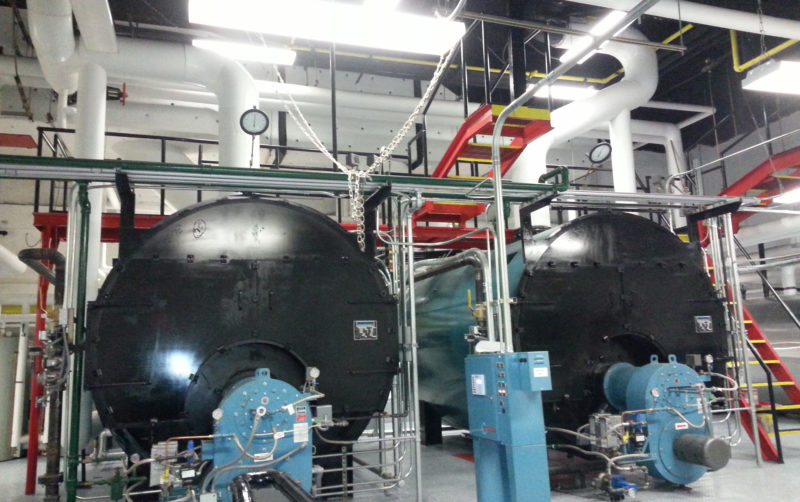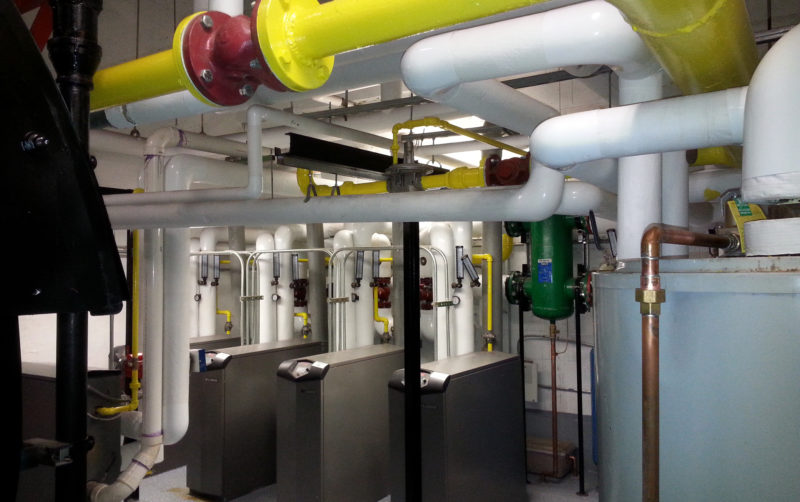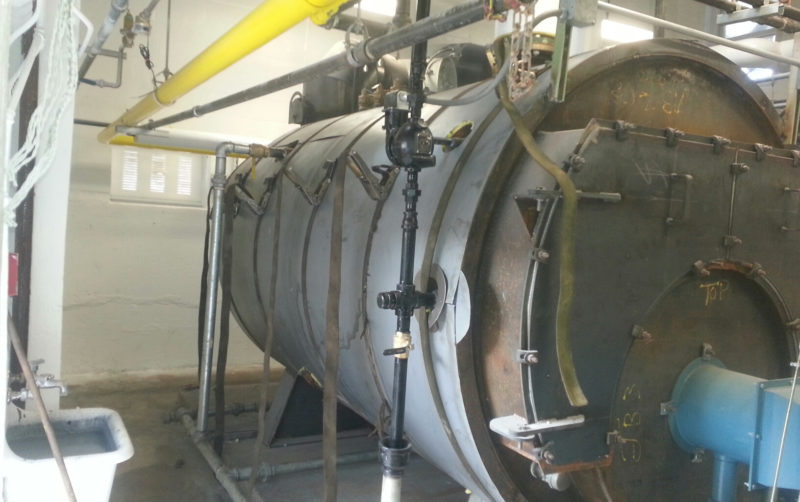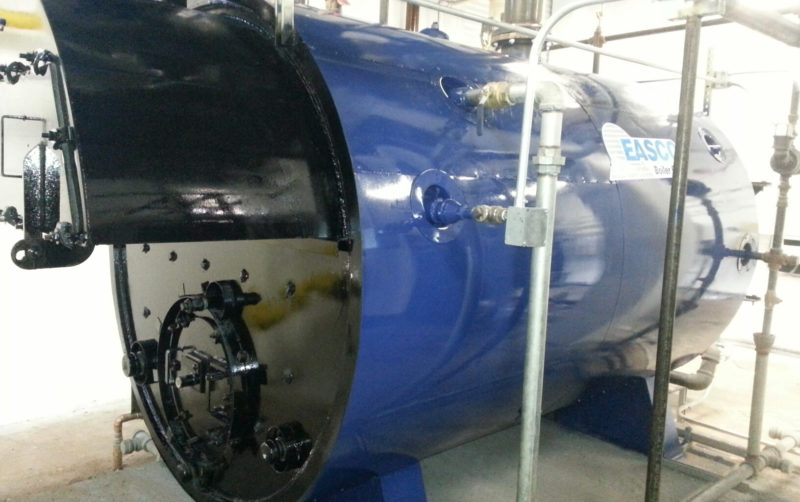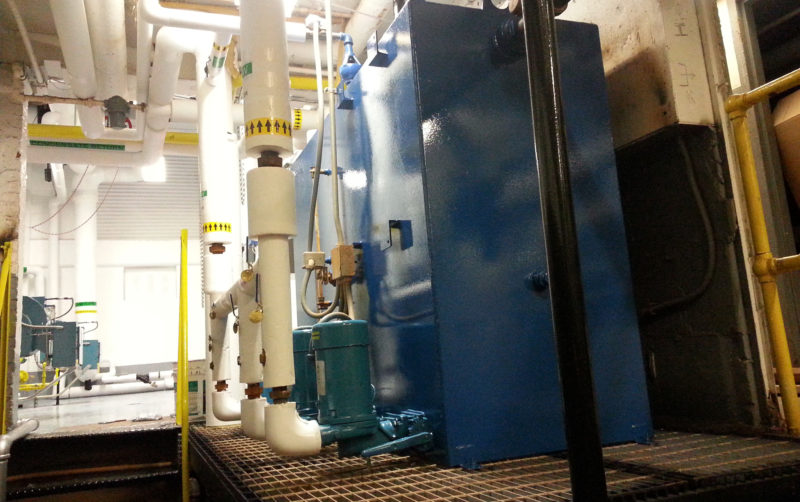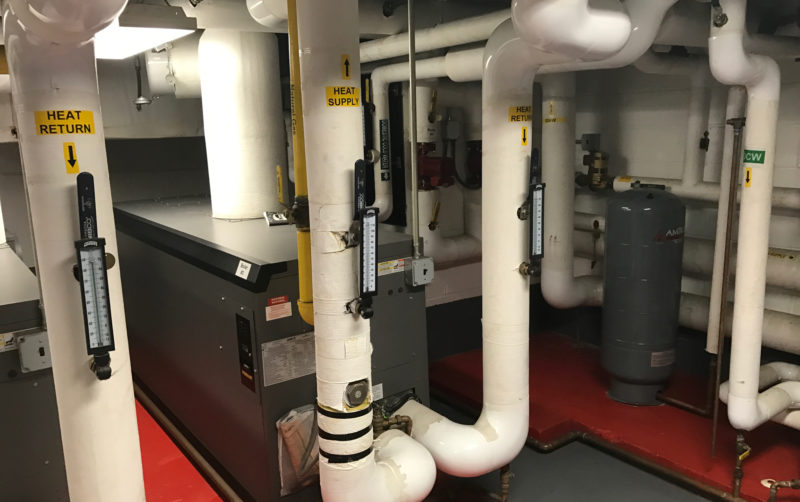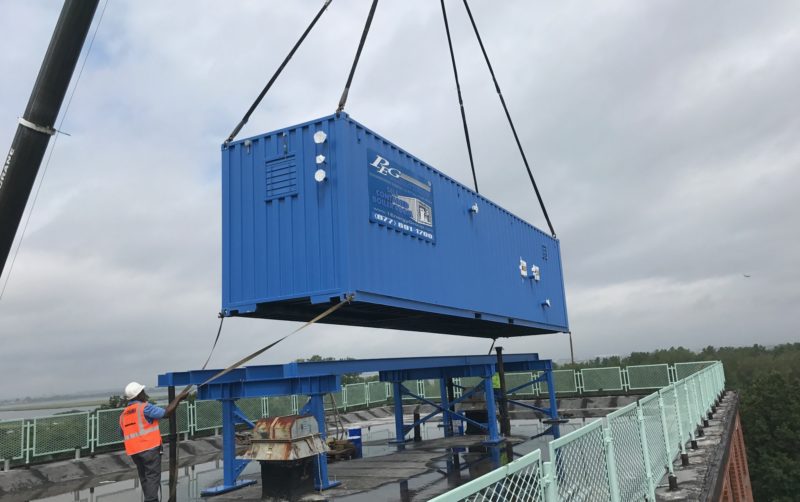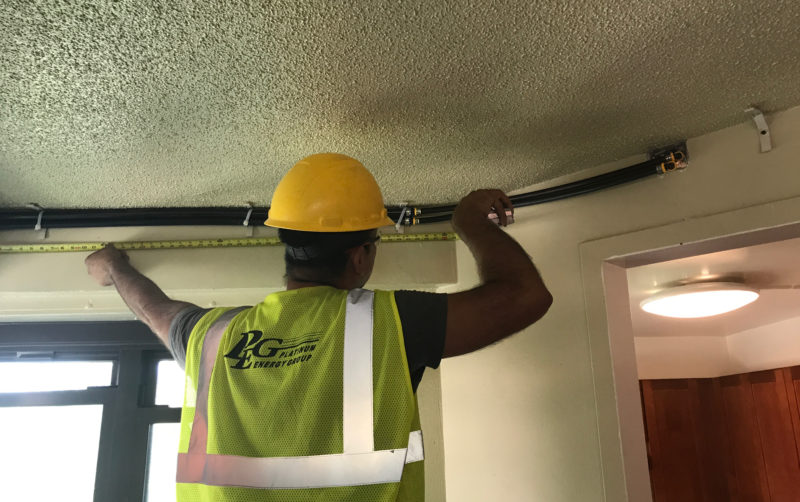Local Law 87 Corrective Measures
We audit and recommend corrective measures
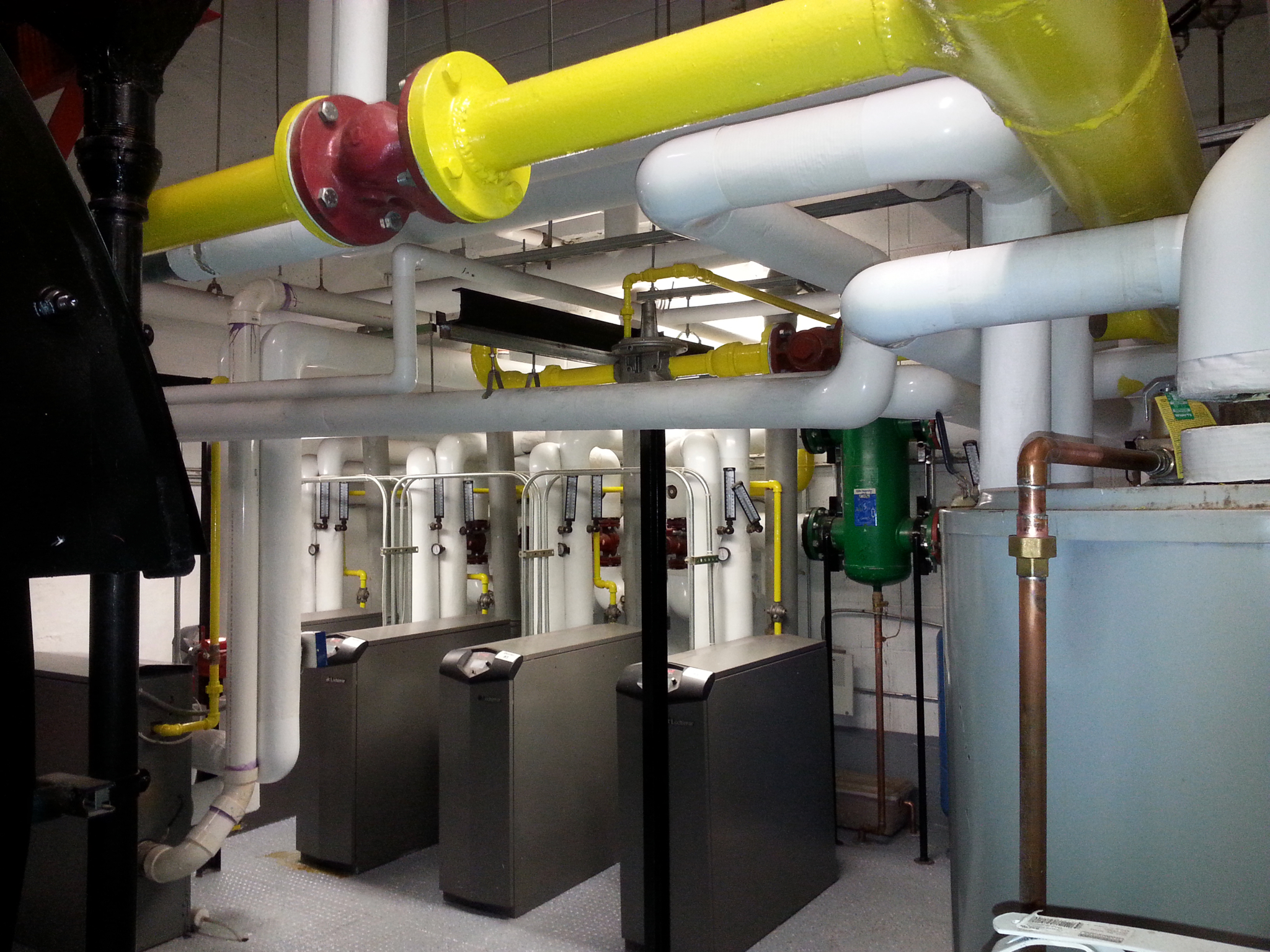
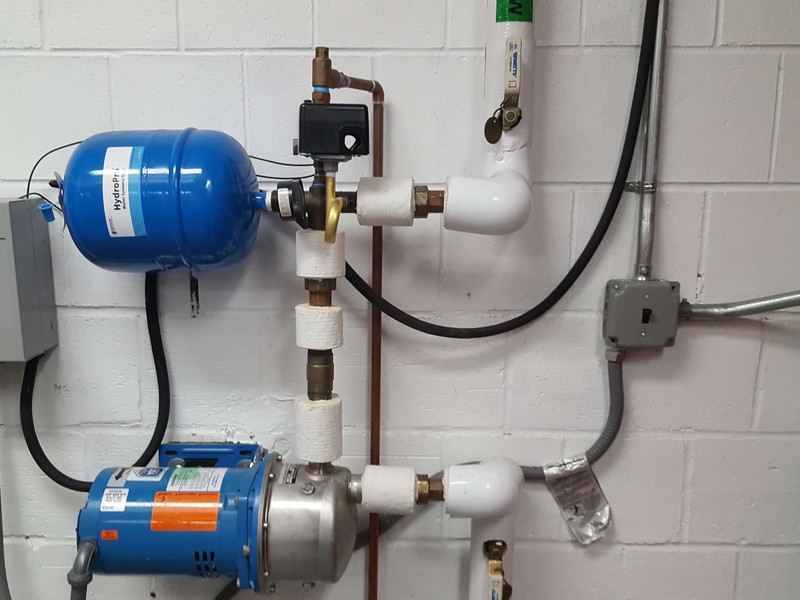
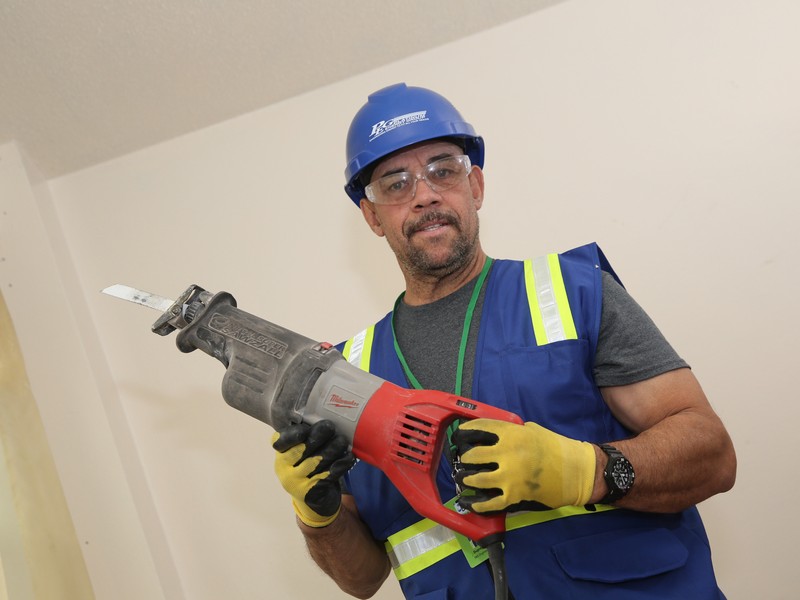





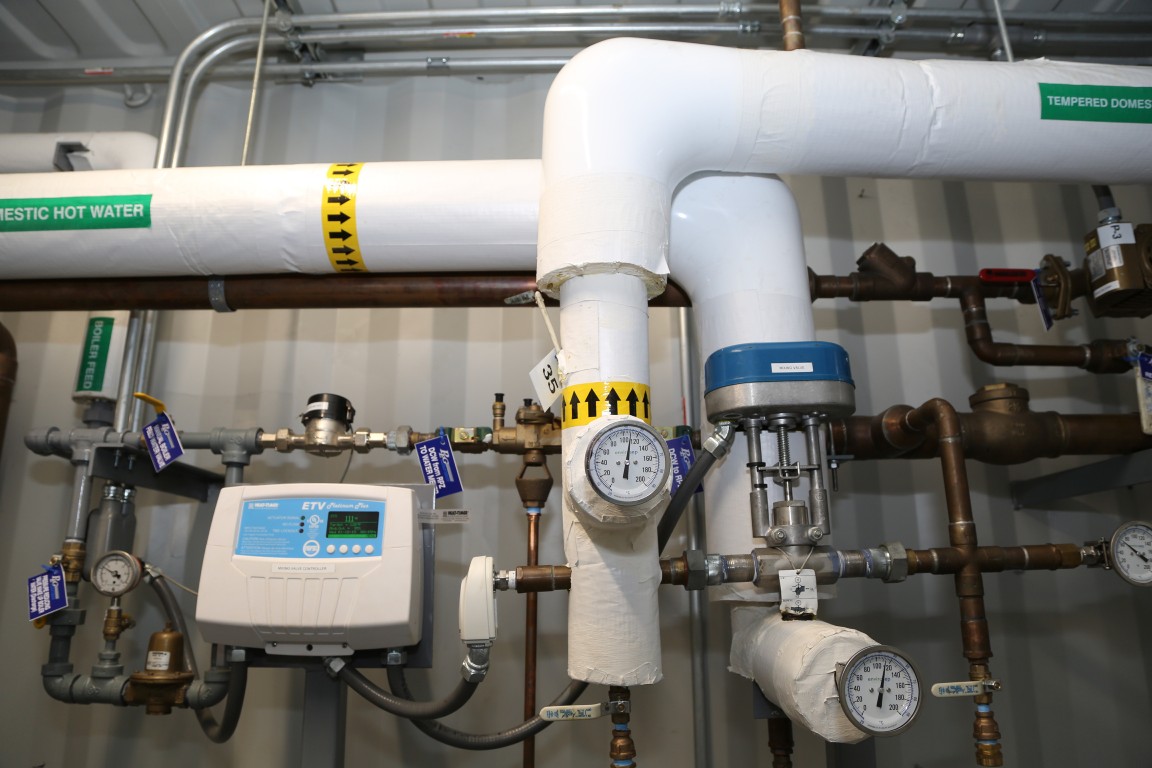









Inquiries?
Call 877-691-1700
Understanding Retro-Commissioning
Essentially, Retro-commissioning is a “tune-up” of the building’s base systems. LL87 identifies 28 items that must be checked for deficiencies, and if those deficiencies are found, they must be immediately addressed. It’s that simple
Local Law 87 is both a useful and onerous requirement for NYC owners and managers. While the process does help identify areas for saving energy, the costs of compliance can be significant. Platinum Energy Group closes the gap between the issues and opportunities this law creates, because we not only assist other commissioning agents, but we also perform the necessary corrective measures in-house with our own certified personnel.
Local Law 87 requires that all New York City buildings greater than 50,000 square feet undergo a professional energy assessment, and that the results of that assessment be filed as a report with the New York City Department of Buildings. This law is divided into two components:
Energy Audit Requirement
This first component is an assessment of the building’s systems for the purpose of identifying recommended but not required energy savings measures. The recommended measures are to be provided in a report to the building owner and filed with the New York City Department of buildings.
Retro-Commissioning Requirement
This second component is an assessment of the building’s base systems for the purpose of ensuring that a building’s systems are operating as intended. Local Law 87 lists 25 “retro-commissioning items” relating to the building and its operations. Items found to be deficient are to be provided in a report to the building owner, and corrections can be done in-house or through PEG. The deficiencies and steps taken to correct these deficiencies are to be filed with the New York City Department of Buildings. At a minimum, the retro-commissioning measures that are found are required to be performed and filed in the energy efficiency report.
General Operating Protocols, Calibration and Sequencing:
- HVAC temperature and humidity set points and setbacks are appropriate, and operating schedules reflect major space occupancy patterns and the current facility requirements.
- HVAC sensors are properly calibrated.
- HVAC controls are functioning, and control sequences are appropriate for the current facility requirements.
- Loads are distributed equally across equipment, when appropriate (i.e., fans, boilers, pumps, etc., that run in parallel).
- Ventilation rates are appropriate for the current facility requirements.
- System automatic reset functions are functioning appropriately, if applicable.
- Adjustments have been made to compensate for oversized or undersized equipment, so that it is functioning as efficiently as possible.
- Simultaneous heating and cooling does not occur, unless intended.
- HVAC system economizer controls are properly functioning, if applicable.
- The HVAC distribution systems, both on the air and water side, are balanced.
- Light levels are appropriate to the task.
- Lighting sensors and controls are functioning properly according to occupancy, schedule and/or available daylight, where applicable.
- Domestic hot water systems have been checked to ensure proper temperature settings.
- Water pumps are functioning as designed.
- System water leaks have been identified and repaired
Exposed hot and chilled water and steam pipes three (3) inches or greater in diameter with associated control valves are insulated in accordance with the standards of the New York City Energy Conservation Code, as in effect for new systems installed on or after July 1, 2010.
In all easily accessible locations, sealants and weather stripping are installed where appropriate and are in good condition.
Because of our knowledge and technical expertise in all these disciplines above, with Platinum Energy Group, it’s easy to be compliant.


